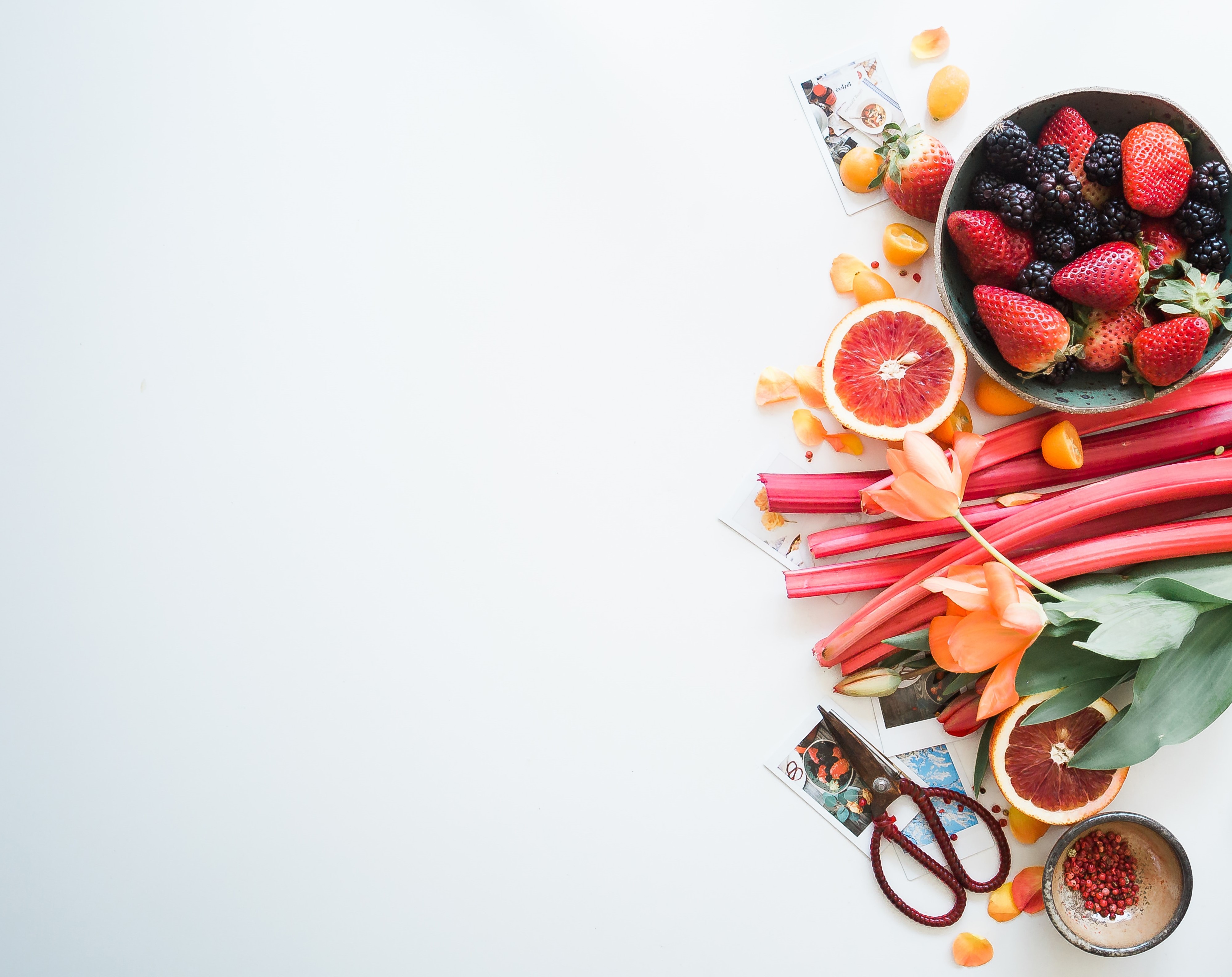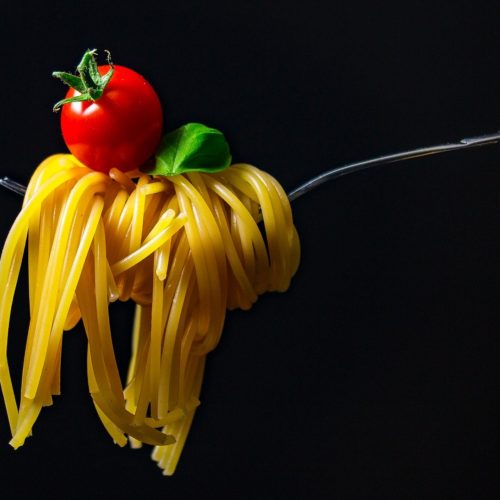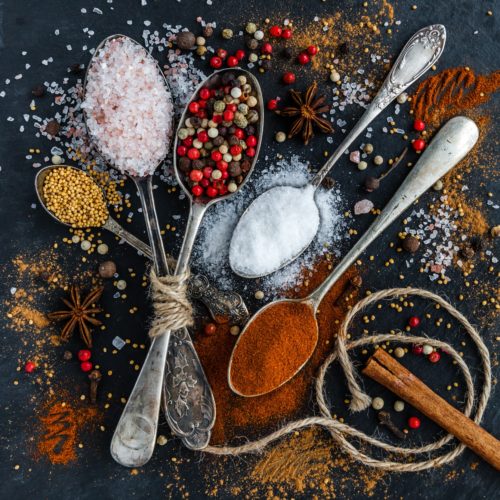
Alyssa Chee
Dietitian
Singapore Heart Foundation
Refined cereals may contain little fibre and high amounts of added sugar. On the other hand, ½ a cup (40g) of raw oats contains about 4.1g of fibre (soluble and insoluble), and only 0.4g of natural (not added) sugar!
2. Swap coleslaw with garden salad
Coleslaw is usually made with mayonnaise. A tablespoon of mayonnaise contains up to 100kcal, with a majority being contributed by fat. Select a plain garden salad with a modest amount of dressing on the side instead. Choose dressings made with healthier unsaturated fats, such as olive oil and sesame oil.
3. Swap chilli sauce with fresh chilli
Many people use chilli sauce to add flavour to their food but did you know that 1 tablespoon of chilli sauce contains 230mg of sodium? That is more than 10% of the recommended daily sodium allowance. In contrast, for the same amount of sodium, a total of about 2.4kg of raw red chillies is required.
4. Swap 3-in-1 coffee with black coffee
3-in-1 coffee is an easy and convenient beverage option, but it is not recommended due to the sugar and creamer content. A cup of 3-in-1 coffee contains up to 150kcal or more per serving. Choose black coffee instead for a lower calorie option! If needed, you may add some low-fat milk.
5. Swap fruit juice with actual fresh fruits
Fruit juices seem like a relatively healthy beverage option when compared with soft drinks or sweetened coffee/tea. However, one will be surprised to know that a glass (250ml) of orange juice contains about 4.5 teaspoons of sugar. Eating an orange itself gives you less than half of that amount! Furthermore, as fruit juices often have their pulp removed, they also contain little fibre. Go for fresh fruits instead, for an extra boost of fibre without the burden of extra sugar.
6. Swap creamy pasta sauce with a tomato-based pasta sauce
Tomato-based sauces are a delicious lower fat and lower calorie alternative to creamy sauces, as tomatoes are rich in antioxidants (e.g. Lycopene), vitamin A and fibre. Commercial sauces may contain higher amounts of salt, so it is best for you to make your own sauce from scratch with fresh tomatoes or no added salt canned tomatoes. You may also add a dash of olive oil to increase its flavour and to boost the absorption of Lycopene.

7. Swap a bigger plate with a smaller plate
A bigger plate encourages you to eat more. Switching to a smaller plate may help with portion control and lower your overall intake. Use the SHF’s Heart Smart Eating Plate as a guide to include the essential food groups in appropriate portions.
8. Swap salt with herbs and spices

Salt – be it table salt, sea salt, or rock salt, contains high amounts of sodium. A high intake of sodium is linked to an increased risk of cardiovascular diseases and kidney failure. Flavouring food with herbs and spices can help reduce the need for salt. Some alternatives you may try including onion, garlic, ginger, chilli, pepper, sesame oil (for Asian dishes); rosemary, thyme, basil and bay leaves (for Western flavours).